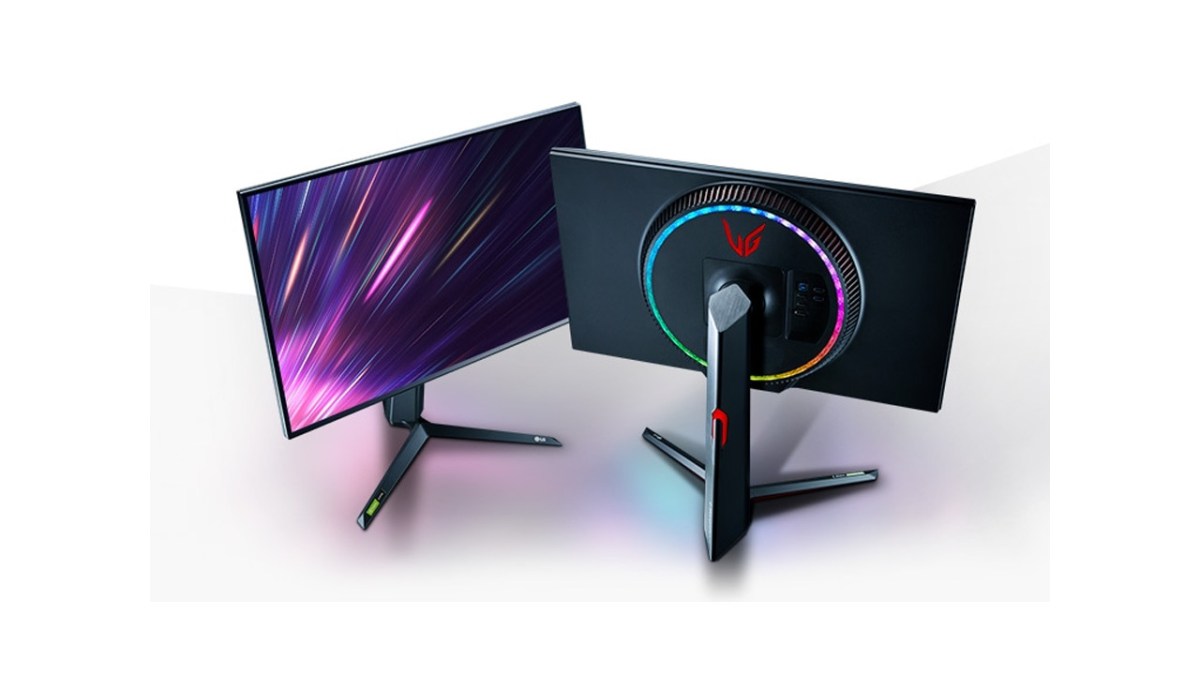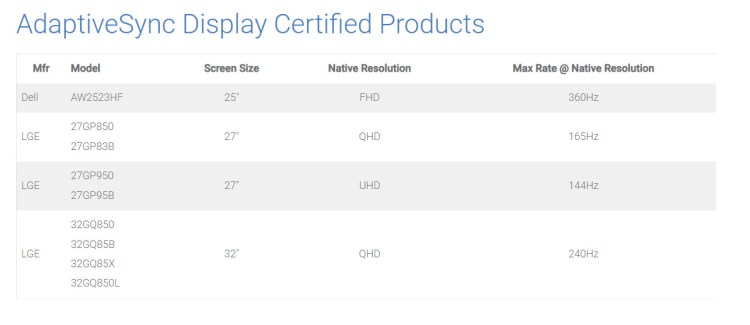VESA (Video Electronics Standard Association) has announced two new certifications for displays: Adaptive-Sync and Media Sync. These certifications are designed to make shopping for a new display easier by more clearly outlining the specs of the display. The certification will account for things like refresh rates, flicker, response times, frame rate jitter, overshoot, undershoot, overdrive, and more. This should ultimately help to standardize the feature set of high-end displays and make it much easier to pair a fancy new graphics card with the best display.
When it comes to gaming monitors, most of the high-end options will either come with Nvidia’s G-Sync or AMD’s FreeSync. Simply put, they both reduce the amount of screen tearing you’d see when playing a game. Of course, these aren’t the only certification standards that exist on high-end displays, and it can all get a bit confusing. VESA’s new certifications look to unify a lot of these features under more general terms.
Breaking down VESA’s Adaptive-Sync and Media Sync
The new standard aims to be an “open source industry standard for display visual performance on variable refresh rate displays.” However, it’s also worth noting that this new standard won’t prohibit manufacturers from featuring similar logos on displays. For example, a monitor can still display either Nvidia G-Sync or AMD FreeSync as well as the new certification. At the moment, only a small range of monitors have the Adaptive-Sync certification. That list is bound to grow as time goes on, though.
VESA’s Adaptive-Sync targets the specs you would expect to find on high-end gaming displays. In order to meet this certification, monitors must have a minimum refresh rate of 60Hz, but the spec requires the maximum refresh rate to be clearly listed as well. Of course, monitors with refresh rates higher than 144Hz will also be accepted and receive a specific label that reflects the maximum refresh rate.
The separate Media Sync certification will cover monitors that are primarily for media playback. As such, the certification is quite different. The maximum refresh rate is 60Hz, while the minimum is 48Hz. Media Sync displays will also eliminate “video frame dropping, and 3:2 pull-down jitter,” which should improve the experience of watching videos. VESA also clarifies that while a display could technically receive both certifications, it would be unnecessary. Both certifications target entirely different use cases after all.
These new certifications will ultimately make displays easier to shop for. By clearly outlining the spec and feature set of a display under a more general term, it should make things much easier for the general consumer to understand what they’re getting. This may also lead to Nvidia and AMD ditching the G-Sync and FreeSync branding. It’s a good move from VESA and one that should make things much smoother for everyone. Check out the FAQ section of VESA’s Adaptive-Sync page for more information on the certification process.









Published: May 3, 2022 02:00 pm